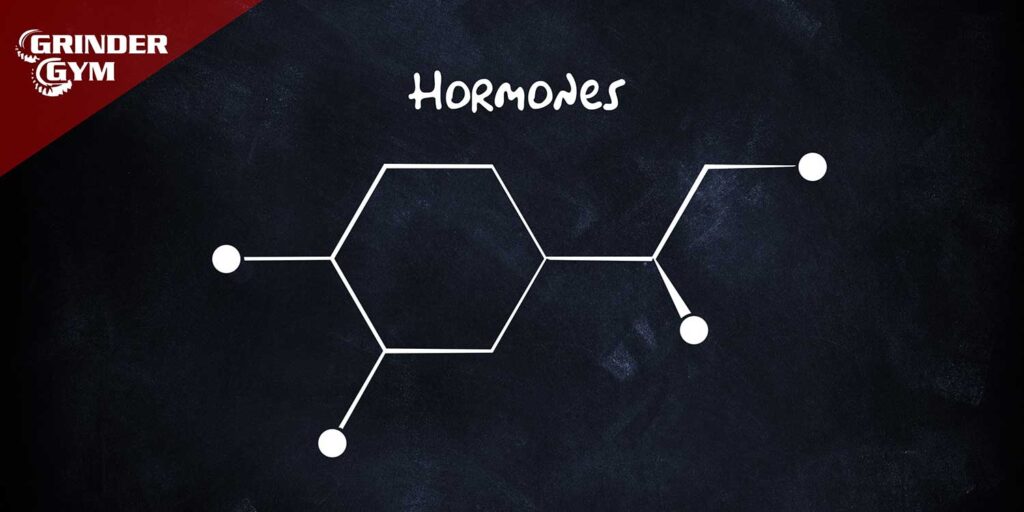
Known for its anti-wrinkle properties, Matrixyl stimulates collagen synthesis, reducing the appearance of fine lines and wrinkles. It enhances skin firmness and elasticity.
Common Name:
Matrixyl
Compound Name:
Palmitoyl Pentapeptide-4
Chemical Formula:
C39H75N7O10
Molecular Weight:
802.1 g/mol
Sequence and Amino Acid Composition:
- Sequence: Pal-Lys-Thr-Thr-Ser-Ser
- Amino Acid Profile:
- Lysine (K):
- Frequency: 1
- Properties: Positively charged, essential for maintaining the peptide’s solubility and enhancing its stability.
- Role in the Peptide: Part of the core structure that supports collagen synthesis in the skin.
- Threonine (T) and Serine (S):
- Frequency: Multiple
- Properties: Polar and hydrophilic, involved in signaling and enzymatic processes.
- Role in the Peptide: Crucial for triggering the skin’s repair processes and enhancing the synthesis of key skin matrix components like collagen.
- Lysine (K):
Structure:
Matrixyl is a synthetic pentapeptide linked to a palmitic acid to enhance lipophilicity and improve skin penetration. This feature allows it to be effectively used in topical formulations for anti-aging purposes.
Synthesis Method:
Synthesized via solid-phase peptide synthesis, which allows for high purity and the inclusion of a lipid component (palmitic acid) that aids in skin absorption.
Solubility:
Soluble in cosmetic solvents, facilitating its inclusion in a variety of skincare products such as creams, serums, and lotions.
Stability:
Stable under normal cosmetic storage conditions. It should be kept in a cool, dry place away from light to maintain its efficacy over time.
Function:
Matrixyl acts primarily as a signaling molecule in skin tissue, encouraging the skin to increase the production of collagen and elastin. This helps to restore the skin’s youthful appearance by reducing wrinkles and improving skin texture.
Benefits and Uses:
- Commonly used in anti-aging skincare products to reduce the appearance of fine lines and wrinkles.
- Promotes skin elasticity and firmness through enhanced synthesis of extracellular matrix proteins.
- Can be combined with other skincare actives for synergistic effects in rejuvenating treatments.
Side Effects:
Matrixyl is generally well-tolerated, with a low incidence of irritation or allergic reactions, making it suitable for long-term use in skincare formulations.
Regulatory Status:
Widely used and accepted in cosmetic formulations globally. It is not regulated by agencies like the FDA, as it falls under cosmetic actives rather than pharmaceuticals.
ARTICLES




Comments are closed